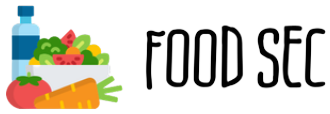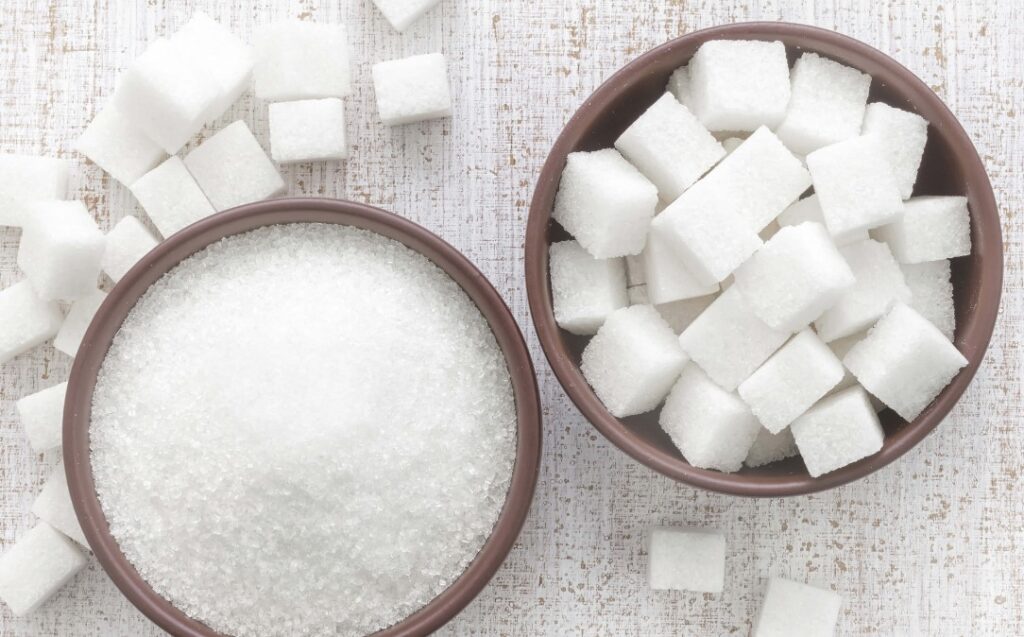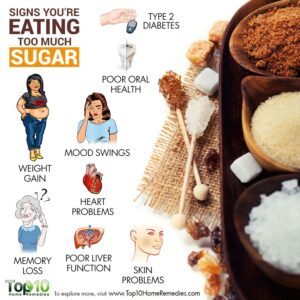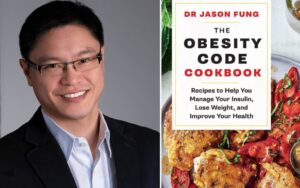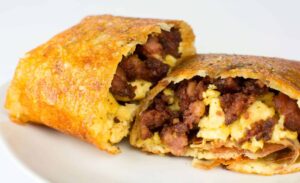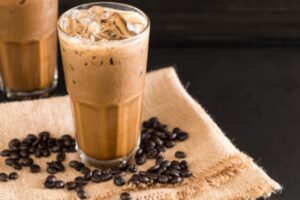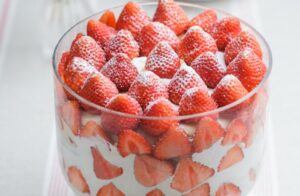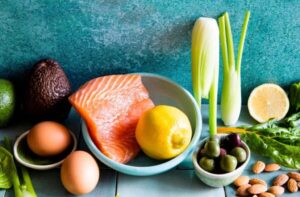An alternative health community has discovered a way to cure obesity—and they’re telling the whole world about it. But will the law of averages push aside the gospel according to the authors of The Obesity Code?
The book, The Obesity Code Book, is a 320 page work that is an exploration of obesity and related conditions. It is laid out in 14 chapters, each of which tackles a different health issue. The first chapter is essentially the introduction, including a brief overview of what obesity is. The next few chapters span the gamut of obesity-related concerns, including the types of people who are obese, how obesity affects eating, the impact of obesity on health and self esteem, and how obesity affects longevity and quality of life.
There are also some case studies of people who have lost weight. The rest of the book is dedicated to the various conditions that can be caused by obesity, including diabetes, heart disease, and other conditions.
WARNING! SPOILERS AHEAD!
The Obesity Code has really opened my eyes to diets! It turns out that what we were taught all those years about how and what to eat was all wrong! Man, this book is awesome! Read on to find out what this week’s assignment was.
So… Let’s start with the reading assignment for week 3:
Week 3
Part 5: What’s wrong with our diet? – Chapter : 14, 15, 16, 17, 18
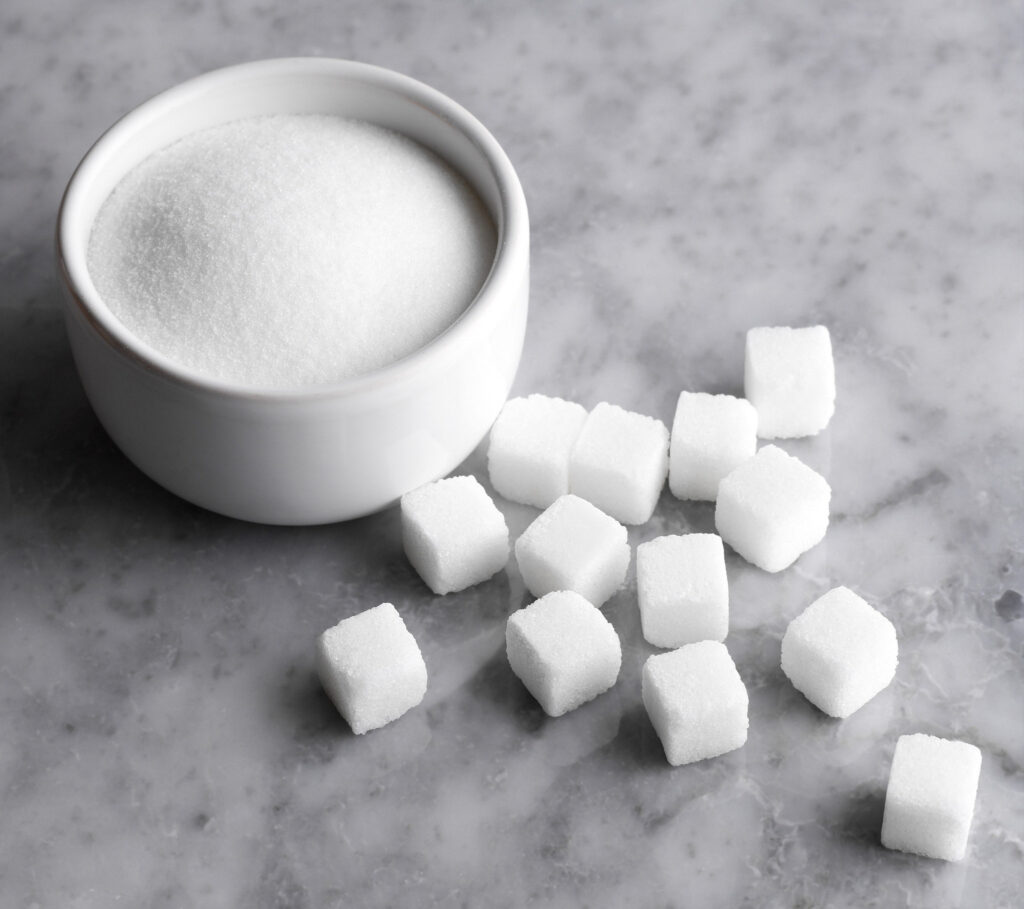
Source: chinimandi.com
Chapter 14 of The Obesity Code describes the deadly effects of fructose and explains that it is the most dangerous sugar. This includes high fructose corn syrup, which you and I know is in many products on the market, including pizza sauce, soups, breads and even our condiments. It seems that all those delicate ingredients in our food are designed to make us fail!
This brings us to a discussion of my favorite diet lemonade. I’ll be the first to admit that I should give up Dr. Diet. Pepper and Coke Zero. I know they are bad for me, but honestly, they are so addictive.
Because of the artificial sweeteners in light sodas, studies often show that these chemicals increase cravings for real sugar and carbs – I’m here to tell you that this is 100% true, as my experience shows. Artificial sweeteners, which are often found in most diet drinks, have been shown to raise insulin levels even though they do not contain real sugar.
Chapter 16 is about good and bad carbohydrates. We learn what the glycaemic index is, what fibre is, the different types of fibre and the benefits it has for our bodies – for example, it helps us to keep eating regularly! Next, we will look at protein and its effect on satiety (i.e., maintaining the feeling of satiety), dairy and meat products and their relationship to insulin levels, and the pros and cons of a high-protein diet.
We end this week’s task with the topic of fat phobia. It’s not what you think – we’re not talking about shamed people, we’re talking about the fats you eat, like avocado, butter and olive oil. For years, and even now, people have believed that certain foods are unhealthy because of their high fat content. Oh, just the opposite, and this chapter explains why!
Here are some of my favorite quotes from this week’s assignment. There are so many pearls of wisdom that really struck me after reading this week’s selection.
Is sugar toxic? The worst offenders are undoubtedly sugary drinks – soft drinks, sodas and, more recently, sweetened teas and juices.
Within a single generation, the incidence of diabetes increased by a whopping 1,160%. Sugar, more than any other refined carbohydrate, seems to be particularly fattening and leads to diabetes 2.
The fat-burning effect of sugar may be due to the fact that sugar is a highly refined carbohydrate. It stimulates insulin production, which leads to weight gain.
When carbohydrates contain one sugar (monosaccharides) or two sugars (disaccharides), they are called simple carbohydrates. When several hundred or even thousands of sugars are linked together in long chains (polysaccharides), they are called complex carbohydrates.
Instead of reducing obesity, diet drinks increase the risk of obesity by 47%. These results suggest that artificial sweeteners are fueling rather than fighting the obesity epidemic. Fructose does not significantly increase blood sugar levels, but is even more strongly associated with obesity and diabetes than glucose.
Excess fructose taxes the liver, as other organs cannot help. This is the difference between pressing with a hammer and pressing with a needle tip: Much less pressure is needed when everything is concentrated at one point.
Even the National Cholesterol Education Program admits that the percentage of total fat in the diet, independent of caloric intake, has not been shown to be related to body weight. Insulin and insulin resistance lead to obesity. Refined carbohydrates, such as white sugar and white flour, cause the greatest increase in insulin levels.
Are you ready for week 4? This is your last assignment!
Part 6: The decision lies with the leaders: 19, 20, Appendices, Endnotes
If you have already completed weeks one, two, and three, move on to week four, which is approximately 88 pages. If you’re a little late, don’t worry, catch up when you can, we’ll have all the information for you! This book is a game changer for everyone, even those who don’t live a keto lifestyle.
Feel free to share your thoughts in the comments section of this week 3 post or in our exclusive Facebook group. Share with us your key findings from each week’s chapters and share them with other readers to compare notes.
Do you have the book The Obesity Code yet?
You can buy a paperback, a Kindle version, or an Audible version to join the party!
Colleen and her husband Jeremy discuss our week 2 reading assignment for the Obesity Code in this live Facebook video! Be sure to check it out and let us know what your key findings are.
